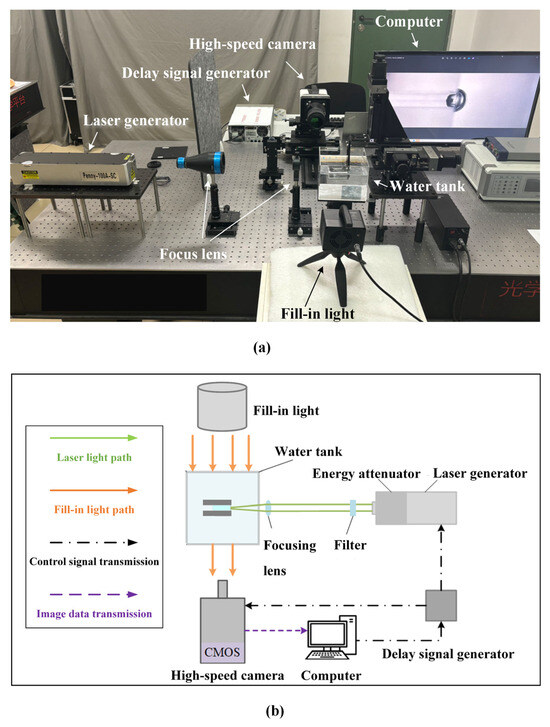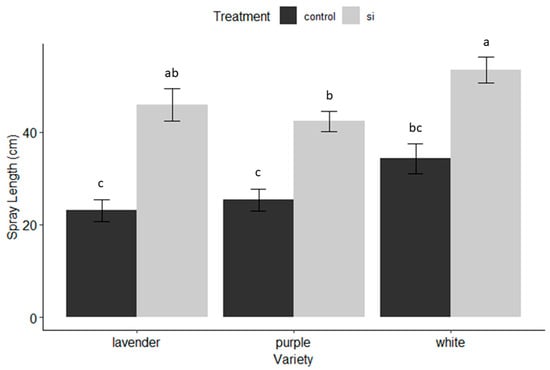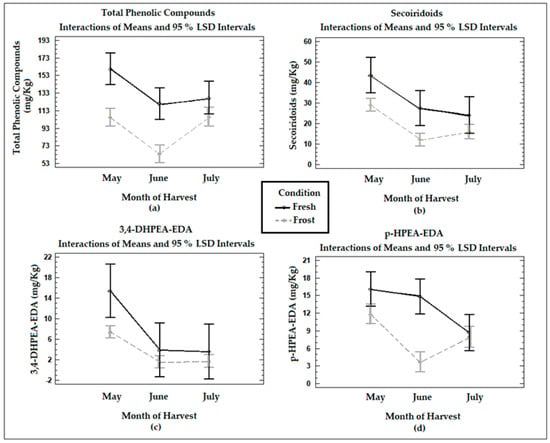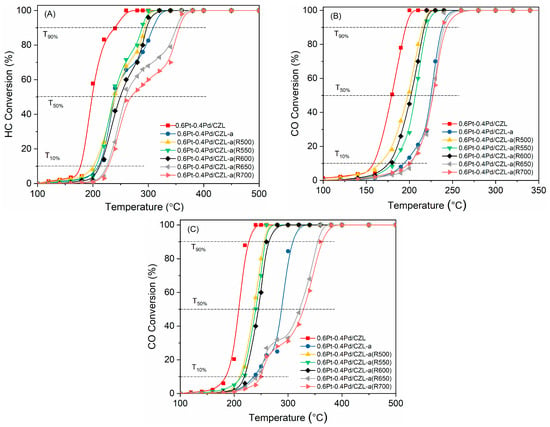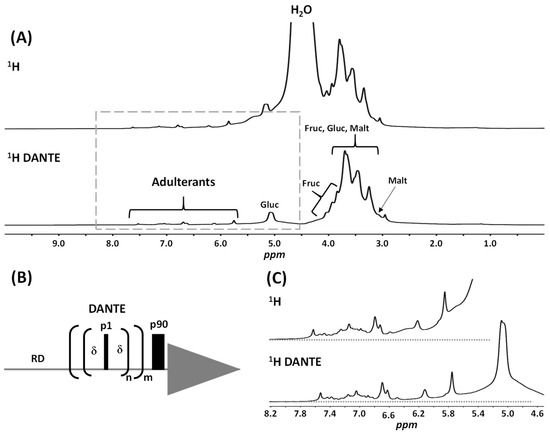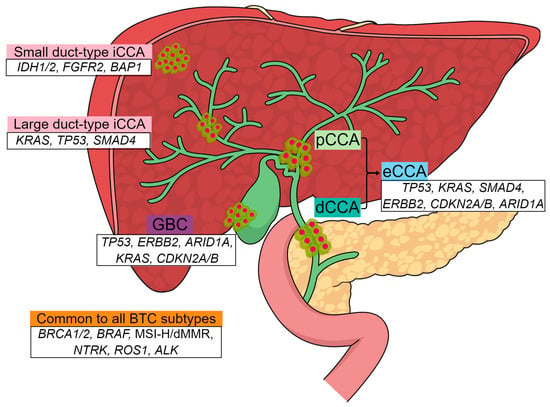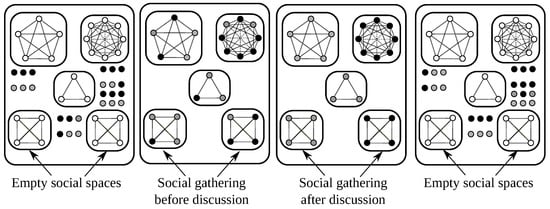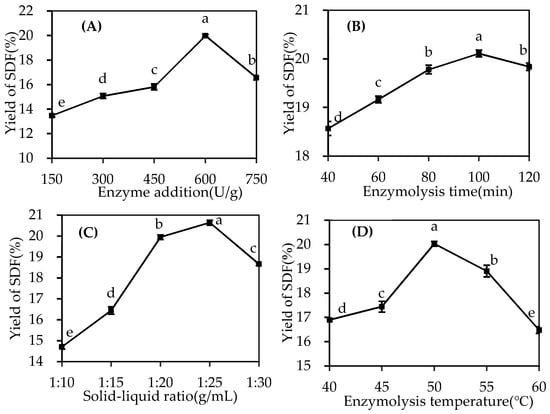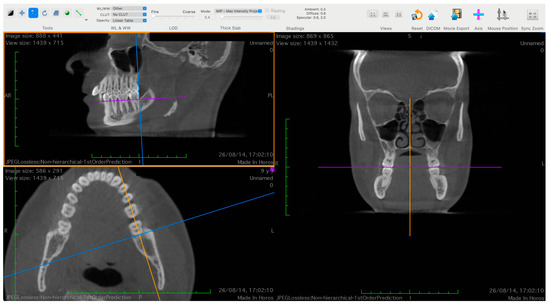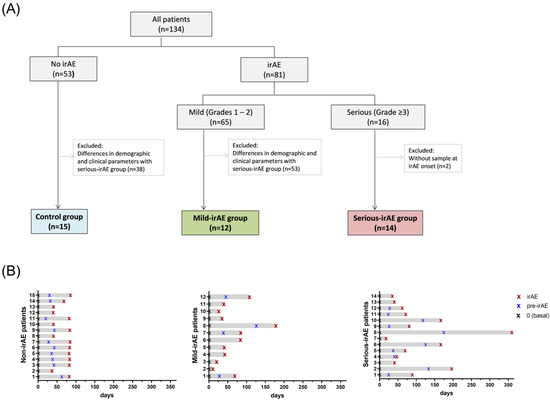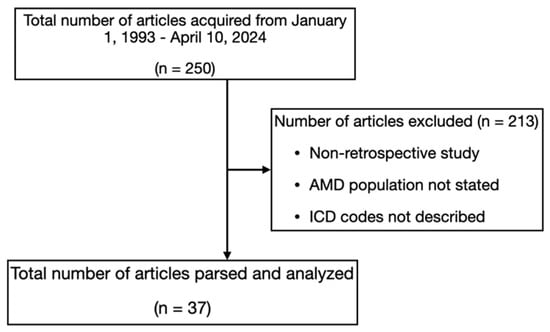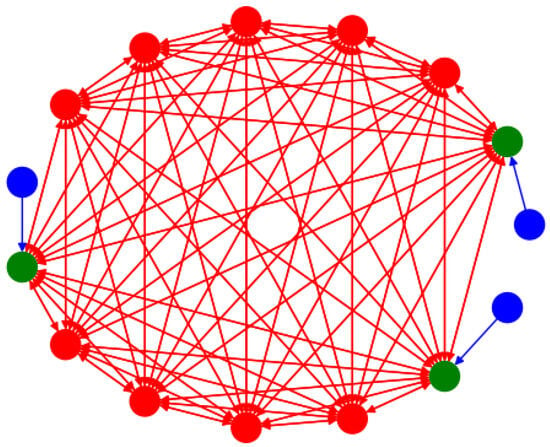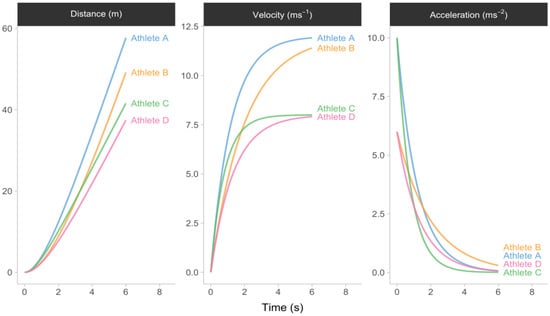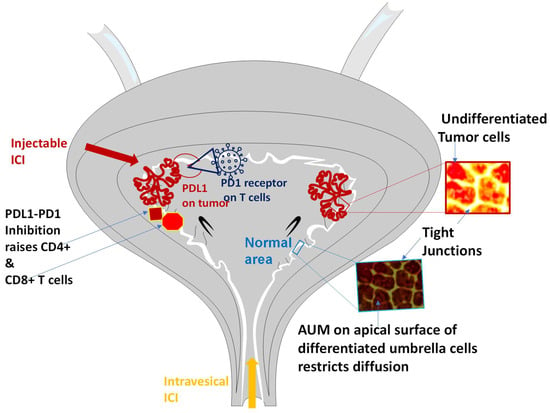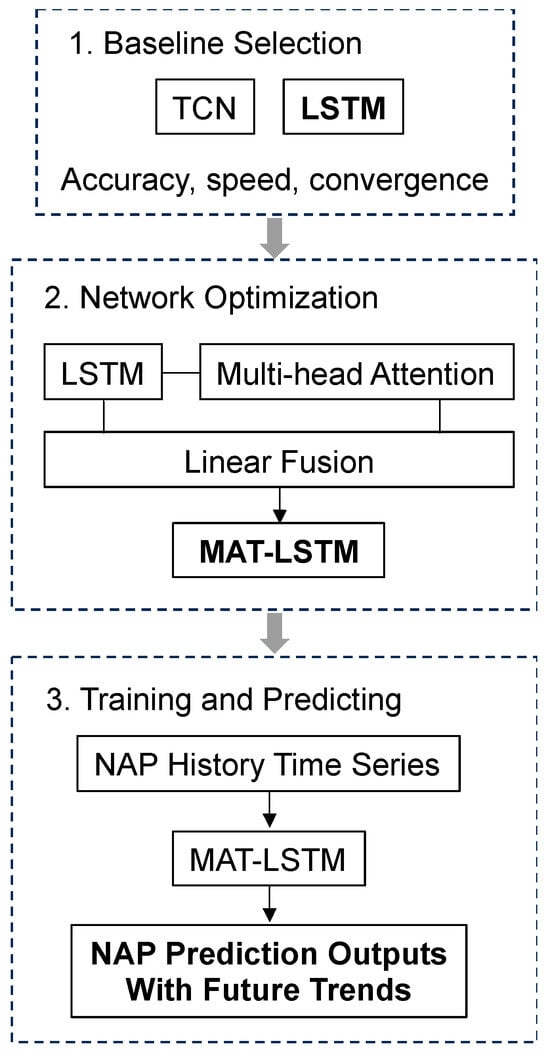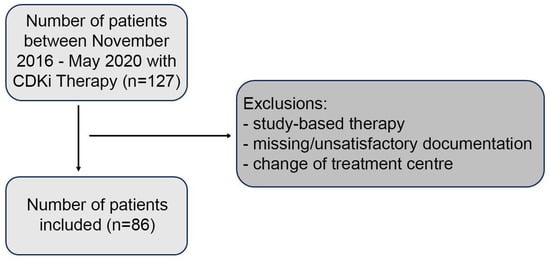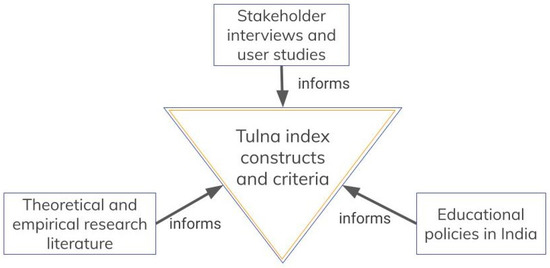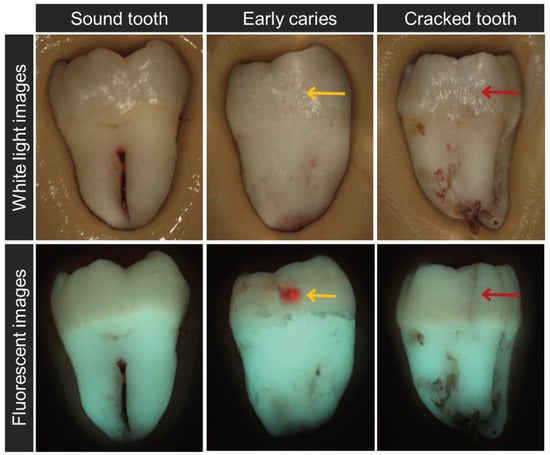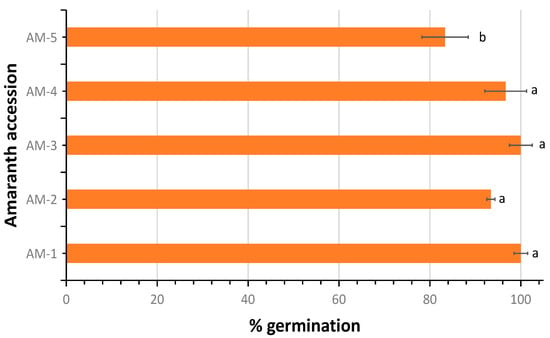Antimicrobial resistance (AMR) poses an emanating threat to humanity’s future. The effectiveness of commonly used antibiotics against microbial infections is declining at an alarming rate. As a result, morbidity and mortality rates are soaring, particularly among immunocompromised populations. Exploring alternative solutions, such as
[...] Read more.
Antimicrobial resistance (AMR) poses an emanating threat to humanity’s future. The effectiveness of commonly used antibiotics against microbial infections is declining at an alarming rate. As a result, morbidity and mortality rates are soaring, particularly among immunocompromised populations. Exploring alternative solutions, such as medicinal plants and iodine, shows promise in combating resistant pathogens. Such antimicrobials could effectively inhibit microbial proliferation through synergistic combinations. In our study, we prepared a formulation consisting of
Aloe barbadensis Miller (AV), Thymol, iodine (I
2), and polyvinylpyrrolidone (PVP). Various analytical methods including SEM/EDS, UV-vis, Raman, FTIR, and XRD were carried out to verify the purity, composition, and morphology of AV-PVP-Thymol-I
2. We evaluated the inhibitory effects of this formulation against 10 selected reference strains using impregnated sterile discs, surgical sutures, gauze bandages, surgical face masks, and KN95 masks. The antimicrobial properties of AV-PVP-Thymol-I
2 were assessed through disc diffusion methods against 10 reference strains in comparison with two common antibiotics. The 25-month-old formulation exhibited slightly lower inhibitory zones, indicating changes in the sustained-iodine-release reservoir. Our findings confirm AV-PVP-Thymol-I
2 as a potent antifungal and antibacterial agent against the reference strains, demonstrating particularly strong inhibitory action on surgical sutures, cotton bandages, and face masks. These results enable the potential use of the formulation AV-PVP-Thymol-I
2 as a promising antimicrobial agent against wound infections and as a spray-on contact-killing agent.
Full article
 IJMS
IMPACT
IJMS
IMPACT Applied Sciences
IMPACT
Applied Sciences
IMPACT Sustainability
IMPACT
Sustainability
IMPACT Sensors
IMPACT
Sensors
IMPACT JCM
IMPACT
JCM
IMPACT Materials
IMPACT
Materials
IMPACT Molecules
IMPACT
Molecules
IMPACT Energies
IMPACT
Energies
IMPACT Electronics
IMPACT
Electronics
IMPACT Remote Sensing
IMPACT
Remote Sensing
IMPACT Cancers
IMPACT
Cancers
IMPACT Nutrients
IMPACT
Nutrients
IMPACT Mathematics
IMPACT
Mathematics
IMPACT Foods
IMPACT
Foods
IMPACT Buildings
IMPACT
Buildings
IMPACT Polymers
IMPACT
Polymers
IMPACT Animals
IMPACT
Animals
IMPACT Water
IMPACT
Water
IMPACT Plants
IMPACT
Plants
IMPACT Agronomy
IMPACT
Agronomy
IMPACT Biomedicines
IMPACT
Biomedicines
IMPACT Processes
IMPACT
Processes
IMPACT Microorganisms
IMPACT
Microorganisms
IMPACT Diagnostics
IMPACT
Diagnostics
IMPACT Nanomaterials
IMPACT
Nanomaterials
IMPACT Viruses
IMPACT
Viruses
IMPACT Medicina
IMPACT
Medicina
IMPACT Healthcare
IMPACT
Healthcare
IMPACT Cells
IMPACT
Cells
IMPACT Forests
IMPACT
Forests
IMPACT Agriculture
IMPACT
Agriculture
IMPACT Land
IMPACT
Land
IMPACT JMSE
IMPACT
JMSE
IMPACT IJERPH
IJERPH
 Symmetry
IMPACT
Symmetry
IMPACT Genes
IMPACT
Genes
IMPACT Pharmaceutics
IMPACT
Pharmaceutics
IMPACT Coatings
IMPACT
Coatings
IMPACT Micromachines
IMPACT
Micromachines
IMPACT Pharmaceuticals
IMPACT
Pharmaceuticals
IMPACT Atmosphere
IMPACT
Atmosphere
IMPACT Children
IMPACT
Children
IMPACT Religions
IMPACT
Religions
IMPACT Antioxidants
IMPACT
Antioxidants
IMPACT Life
IMPACT
Life
IMPACT Metals
IMPACT
Metals
IMPACT Biomolecules
IMPACT
Biomolecules
IMPACT Vaccines
IMPACT
Vaccines
IMPACT Education Sciences
IMPACT
Education Sciences
IMPACT Minerals
IMPACT
Minerals
IMPACT Horticulturae
IMPACT
Horticulturae
IMPACT Brain Sciences
IMPACT
Brain Sciences
IMPACT JPM
IMPACT
JPM
IMPACT Bioengineering
IMPACT
Bioengineering
IMPACT




